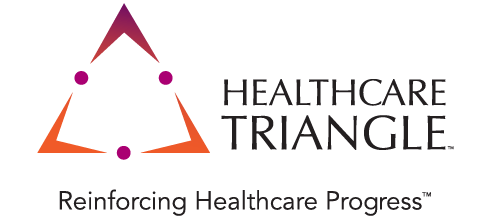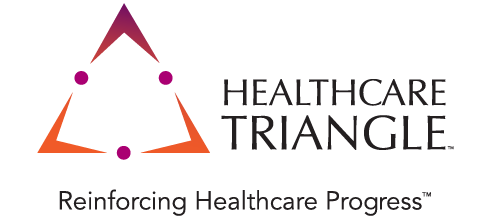Epic Insights Professional Billing Success
A recap of recent work, and thoughts on the billing landscape from Healthcare Triangle’s industry-leading Epic team
Epic Practice Director: Coming out of your recent client engagement, what strikes you, in 2020, as continuing or evolving priorities that Epic customers face with Professional Billing optimization and improvement initiatives?
Principal Epic Revenue Cycle Consultant: Well, first and foremost we have to address the elephant in the room, which is billing & reimbursement for COVID-19 and telehealth related services. Nobody expected this, and there is quite simply a ton of thinking and work to do. With the impact to routine/ elective appointments, and with new telehealth coding and reimbursement opportunities, there is just so much at stake. Organizational strategy and EHR system work need to be aligned to capture every dollar available. In addition to these immediate needs, maintaining and/or using Epic’s Charge Router properly continues to be a big priority. It is so easy to let the structure get so big and unwieldy over the years that it can take a significant effort just to get it back under control. But untangling the logic, resolvingconflicts, and organizing by major use-cases is critical in order for it to be working with your staff, not against them.
Epic Practice Director: With the immediacy of COVID-19 work, what are some of the critical new best practices and tasks to address?
Principal Epic Revenue Cycle Consultant: First of all, everyone needs to be in direct communication with their primary payers. With government reimbursement restrictions lifted, most private payers are following suit, but you still need to confirm rates and requirements to maximize your billable revenue. All COVID-19 related claims need to be using the new code, U07.1, but you should be reflecting secondary diagnoses or comorbidities as well to increase reimbursement. In terms of system configuration work, we recommend clients use a unique billing indicator to track and manage accounts. We also have been routinely advising on the creation of new detailed rules to stop billing, hold and review charges, hold and review claims, and patient statements until final payment expectations are in place.
Epic Practice Director: That’s phenomenal info. What are other common issues, pain points, or items you have been helping teams with on assignment?
Principal Epic Revenue Cycle Consultant: Apart from analyzing and reconstructing Epic Charge Router logic, advising on and correcting SER build errors and gaps is big. Incorrect NPIs, Missing Bill Areas, Specialty Taxonomy codes, and other items are always either causing staff to spend excessive time and effort tracking down proper information, or plain and simple causing revenue to fly out the window. New vs. Established visit criteria is another one. The attention to detail, and/ or communication that needs to take place between Clinical Operations, Epic/IT, Credentialing, and Revenue Cycle team members for whatever reason just frequently doesn’t happen adequately with these items. Epic build for new Service Areas and Community Connect locations is pretty common as well, since Epic just keeps expanding to more and more sites. Considerations for Provider Based Billing is also a pretty regular, along with Revenue Guardian (new for PB) and general Revenue Integrity integration points.
Epic Practice Director: Well, we really appreciate the rundown by our Principal Epic Revenue Cycle Consultant, valuable insights all around. Any other tips, tricks, or pearls of wisdom to impart?
Principal Epic Revenue Cycle Consultant: I’ve learned recently just how powerful Report Groupers can be in Epic. They can make coordination a thousand times easier if you strategize accordingly. Moving claim edit checks up to charge review wherever possible is something I always recommend as well – doing so reduces the amount of downstream touches/ work staff have to complete, and reviewing at the charge level adds some additional assurance that revenue integrity resources are catching and working corrections appropriately and effectively. Finally, and this will seem like dinosaur wisdom, but solid denial prevention and checkpoints are as valuable as ever, and still difficult to achieve. Communication with Epic Inpatient and Ambulatory resources, and between your Operational Leaders, Revenue Cycle, and IT staff goes a long way toward a reduction in denied claims.
For additional information and advice, book a free conversation with our experts.
Client
Healthcare Provider
Sector
Healthcare
Technology
Epic
…with the impact to routine/elective appointments,
and with new telehealth coding
and reimbursement opportunities, there is just so much at stake. Organizational strategy and EHR system work need to be aligned to capture every dollar available.”
Principal Epic Revenue Cycle Consultant

